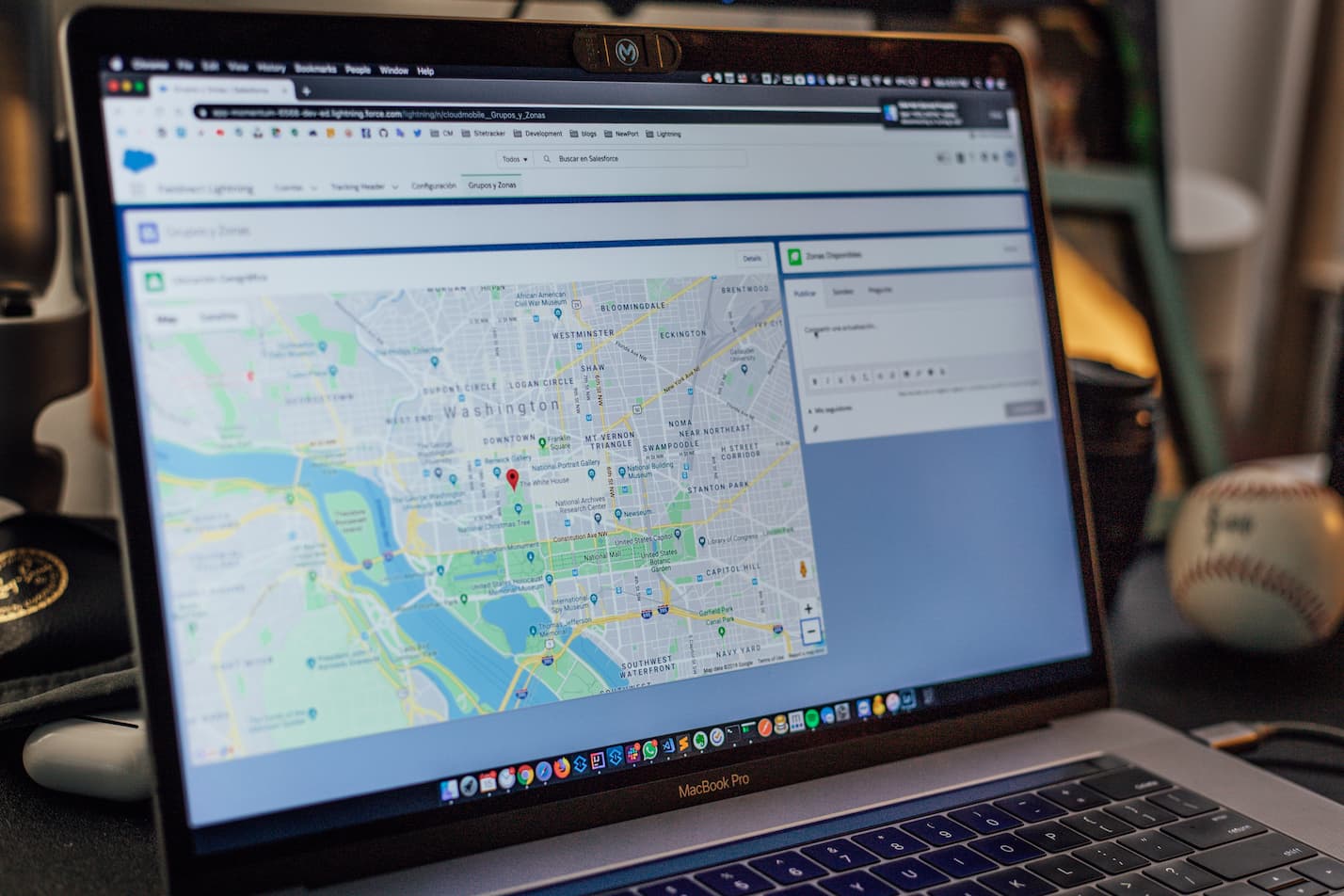Search Engine Optimization (SEO) is a fundamental digital marketing strategy for all businesses, including Service Area Businesses (SABs). It involves enhancing a website’s visibility on search engines like Google, thereby attracting organic traffic. Here are some general SEO best practices:
- Website Optimization: A well-structured, fast, mobile-friendly, and easy-to-navigate website enhances user experience, which in turn improves SEO.
- Quality Content: Regularly produce and update high-quality content that resonates with your target audience. Incorporate relevant keywords naturally to enhance visibility in search engine results.
- On-Page SEO: Optimize individual webpage elements such as title tags, meta descriptions, and headers with targeted keywords.
- Off-Page SEO: Establish high-quality backlinks from reputable sites. Backlinks serve as endorsements, suggesting your site is a valuable source of information.
- Technical SEO: Ensure search engine bots can crawl and index your site efficiently. This involves aspects like XML sitemap generation, structured data implementation, and dealing with broken links or 404 errors.
Now, when it comes to Local SEO, the goal is to optimize a business’s online presence to attract more business from relevant local searches. This is particularly vital for SABs, as they primarily serve customers in specific geographical locations. Here’s what distinguishes Local SEO from general SEO:
- Geographic Component: Local SEO adds a geographic component to your SEO efforts, optimizing your website for a specific locality. It targets location-based keywords (e.g., “plumbing services in Austin”).
- Google Business Profile (formerly Google My Business): Local SEO makes extensive use of Google Business Profile listings, a key tool for appearing in local search results and Google Maps.
- Local Listings and Citations: Business listings in local directories, consistent NAP (Name, Address, Phone number) data, and customer reviews all play a significant role in Local SEO.
- Location-Specific Content: Producing content that resonates with local audiences can boost Local SEO. This could include local news, events, or trends.
In essence, while general SEO strategies focus on improving a site’s visibility on a national or global scale, Local SEO targets a specific local audience.
For SABs, Local SEO is similar to that of other businesses, but with one significant difference. SABs often don’t have a physical storefront for customers to visit. As such, they must define their service areas in their Google Business Profile listing. This helps Google understand where the business provides its services and display the listing for relevant local searches. Additionally, as SABs often operate in multiple locations, they must optimize their content and SEO strategy for all the areas they serve, not just one.
Thus, while Local SEO for SABs encompasses all the regular elements of Local SEO, it requires particular attention to accurately defining service areas and optimizing for multiple locations if applicable.
Creating high-quality content regularly is a particularly challenging SEO practice for SABs to implement. Executing this strategy can be a daunting task, particularly for SABs that are typically focused on providing their services rather than producing content. However, effective content strategies are crucial for SEO, even for SABs, and can be managed with limited resources. Here are a few approaches:
- Localize Your Content: Write about topics that are relevant to your local audience. This might include a blog post about local events your business participates in, local industry trends, or even community service activities. Localizing your content not only helps with local SEO, but it also demonstrates your commitment to the local community.
- Leverage User-Generated Content: Encourage your customers to leave reviews, testimonials, or share their experiences with your services. User-generated content can be a powerful form of social proof and can improve your business’s online reputation.
- Case Studies: Showcase your best work by creating case studies. This can illustrate the value of your services, providing potential customers with real-world examples of what you can achieve.
- FAQs: Frequently Asked Questions (FAQs) are a great way to generate content that helps your customers. Address common queries or problems related to your services. FAQs can also be excellent for long-tail keyword targeting.
- Leverage Visual Content: Images and videos can also serve as valuable content. Before-and-after pictures or short how-to videos can be highly engaging and shareable, providing additional ways for potential customers to discover your business.
- Outsource Content Creation: If you have the budget for it, consider outsourcing content creation to a freelancer or content agency. They can create blog posts, articles, and other types of content in line with your SEO strategy.
Remember, the goal of content creation isn’t just to improve your rankings on search engines; it’s also about providing value to your audience. The more helpful and relevant your content is, the more likely it is to attract and retain potential customers.

